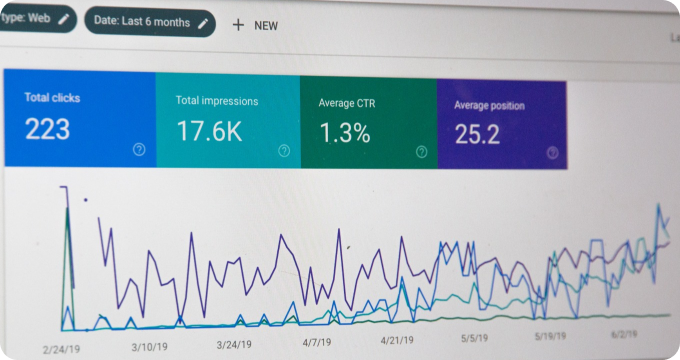What are Laboratory Information Management Systems (LIMS) and How Do They Work?
- October 28, 2023
- 2 minutes
As we embark on a deep dive into the world of Laboratory Information Management Systems (LIMS), one can't help but be impressed by the intricate interplay between technology, data management, and laboratory operations. LIMS, in essence, is a system that provides a software interface designed to manage, track, and optimize laboratory procedures and data. By organizing and integrating every step of the laboratory's workflow, from sample management to data analysis and reporting, LIMS systems play an instrumental role in ensuring laboratory efficiency.
In the realm of laboratory operations, it's vital to understand the import of structured data collection, analysis, and interpretation. This necessity stems from the fact that laboratories, regardless of their specific field, are data-intensive environments. The vast amounts of data generated and processed must be managed meticulously to maintain the integrity of findings and streamline procedures. Enter LIMS, the sophisticated software solution that serves as the backbone for many modern laboratory operations.
The functioning of LIMS can be segmented into three primary components: sample management, data management, and workflow management. Sample management entails every step related to a sample's lifecycle within the lab, from its receipt to storage, processing, and disposal. Data management involves the collection, storage, retrieval, and analysis of data generated from the samples. Lastly, workflow management involves the orchestration of the lab's work processes and procedures.
When a sample enters a laboratory, it is logged into the LIMS, which assigns it a unique identifier and tracks the sample through every stage of its lifecycle. As the sample undergoes testing, the LIMS records and stores the resultant data. This high level of traceability is pivotal in maintaining the integrity of the sample and its corresponding data.
Data management, on the other hand, is a complex process involving various statistical and computational techniques. With LIMS, the data generated from sample testing is not simply stored but is interpreted and transformed into usable information. The software utilizes complex algorithms and statistical methods to analyze data, identify patterns, and generate reports. In the real world, this can mean the difference between identifying an infectious disease outbreak early or missing it entirely.
What truly sets LIMS apart, however, is its workflow management capabilities. By integrating with other laboratory systems and automating routine tasks, LIMS can drastically increase efficiency and reduce the potential for human error. It can automate data entry, track inventory, schedule instrument maintenance, and even manage quality control procedures.
However, as with all technologies, LIMS is not without its drawbacks. One must consider the significant time and financial investments required for the implementation of a LIMS. There may also be a steep learning curve for lab personnel. Furthermore, while automation reduces the potential for human error, it also means that a software glitch can cause significant disruption to lab operations.
In this era of big data and digitization, LIMS is an unambiguous necessity for modern laboratories. The efficiencies gained by automating, tracking, and managing workflows and data are indispensable. Moreover, the precision and reliability that LIMS brings to data management are paramount in maintaining the integrity of laboratory findings.
From a broader perspective, LIMS is more than just a software solution; it's an embodiment of a paradigm shift in how laboratories operate. It reflects the integration of advanced computational methods into traditional laboratory settings, marking a significant evolution in the scientific field.
In conclusion, understanding how a Laboratory Information Management System works is integral to appreciating its impact on laboratory operations and workflow. From sample tracking to data analysis and reporting, LIMS provides a comprehensive solution to managing, controlling, and optimizing the lab's functionality. Despite the challenges associated with its implementation, the benefits of incorporating LIMS into laboratory operations far outweigh the drawbacks. It’s a vital tool that represents an evolution in laboratory science, bringing laboratories into the modern, digitized world.
Learn More
Unleash the power of efficiency and accuracy in your lab operations by diving deeper into our enlightening blog posts about LIMS software. For an unbiased, comprehensive view, they are encouraged to explore our meticulously curated rankings of the Best LIMS Software.
Popular Posts
-
 6 Compelling Reasons Why Your Laboratory Needs LIMS Software
6 Compelling Reasons Why Your Laboratory Needs LIMS Software
-
 Debunking 10 Myths Surrounding LIMS Software in the Industry
Debunking 10 Myths Surrounding LIMS Software in the Industry
-
 Ask These Questions to a LIMS Software Provider to Choose the Right System for Your Lab
Ask These Questions to a LIMS Software Provider to Choose the Right System for Your Lab
-
 7 Essential Questions to Ask Before Investing in LIMS Software
7 Essential Questions to Ask Before Investing in LIMS Software
-
 5 Things I Wish I'd Known About LIMS Software Before Implementing It in My Lab
5 Things I Wish I'd Known About LIMS Software Before Implementing It in My Lab






